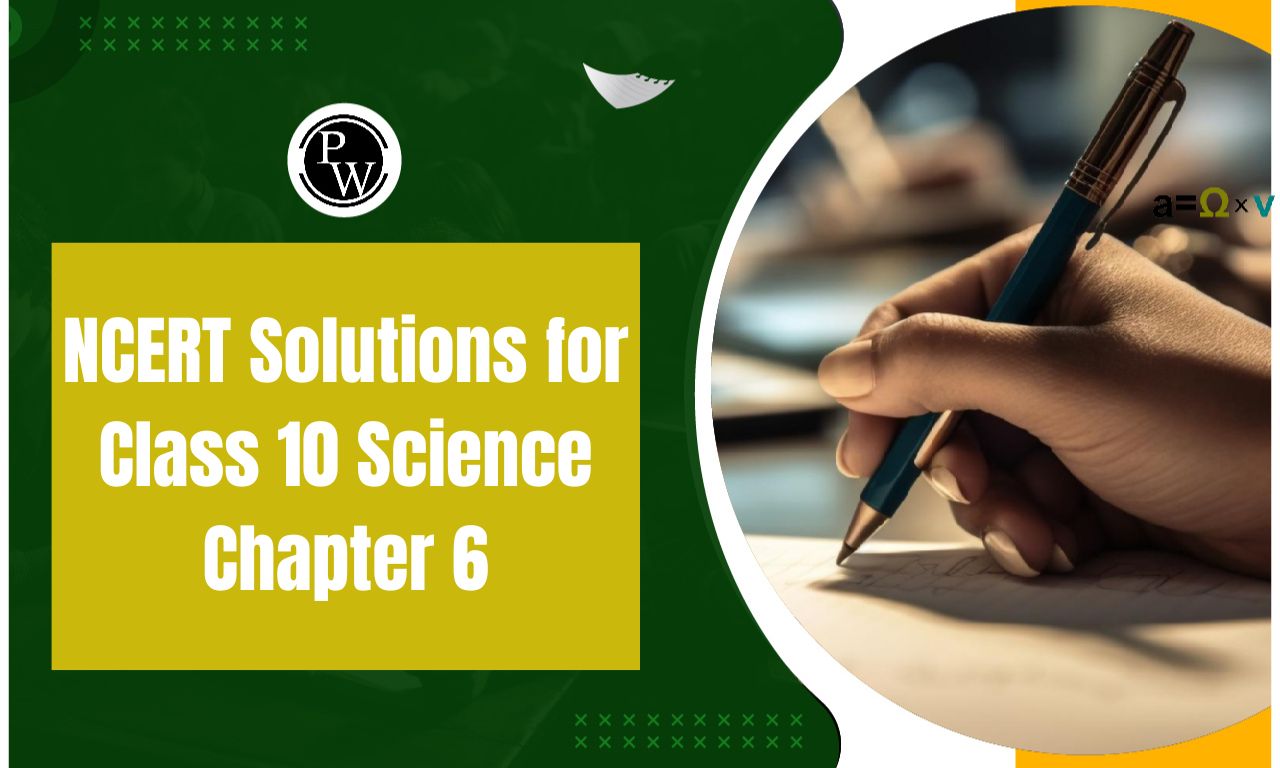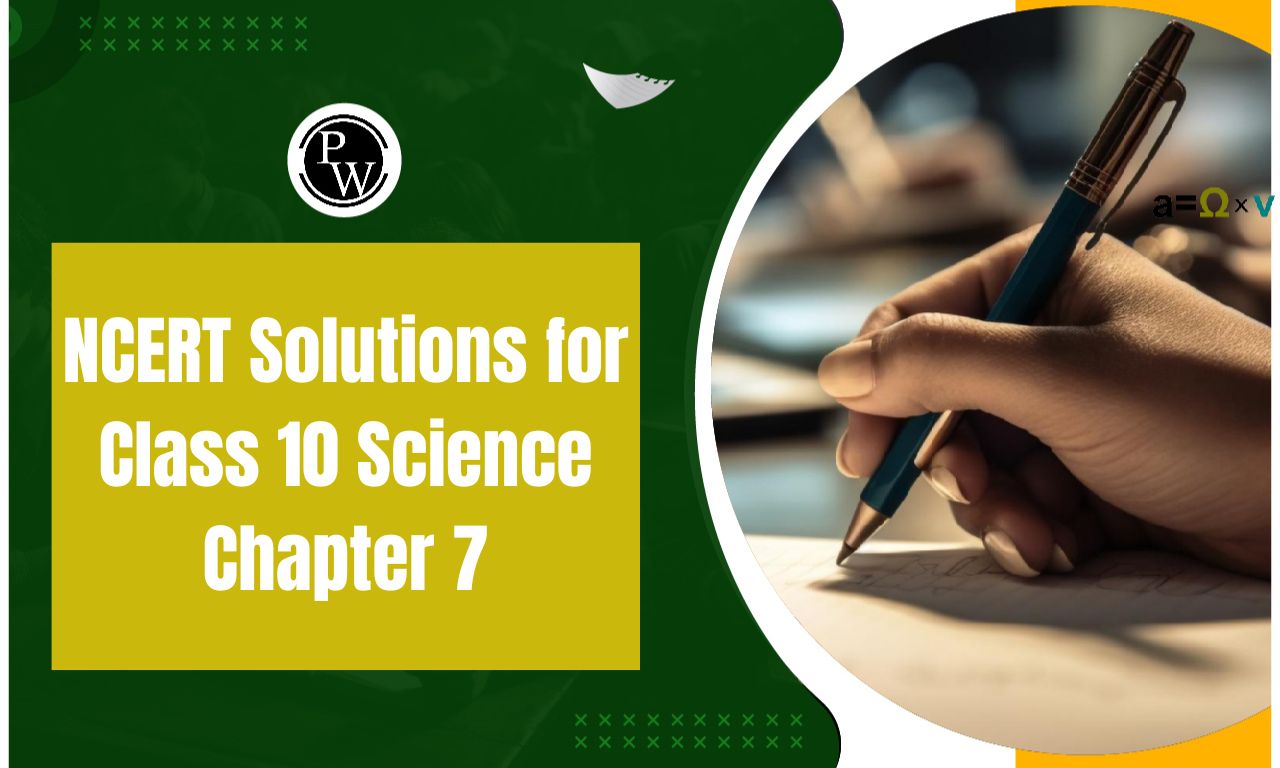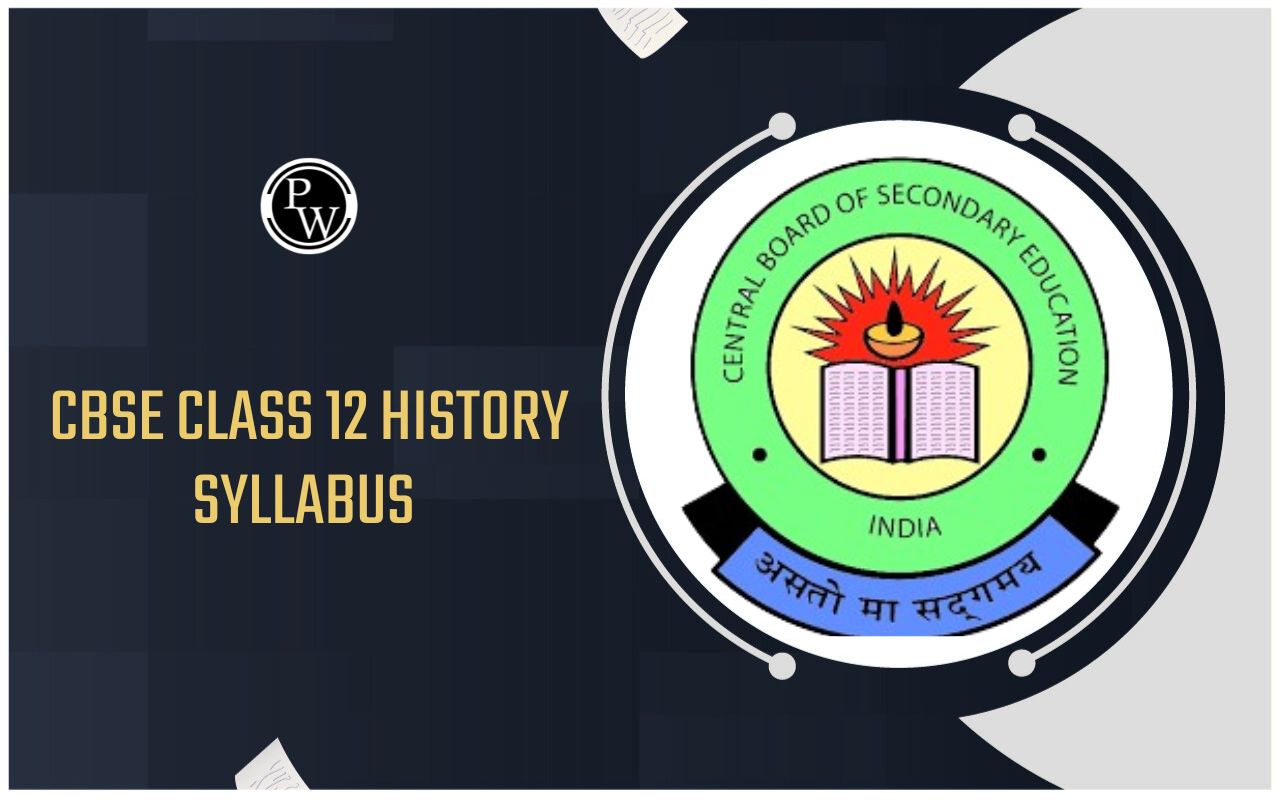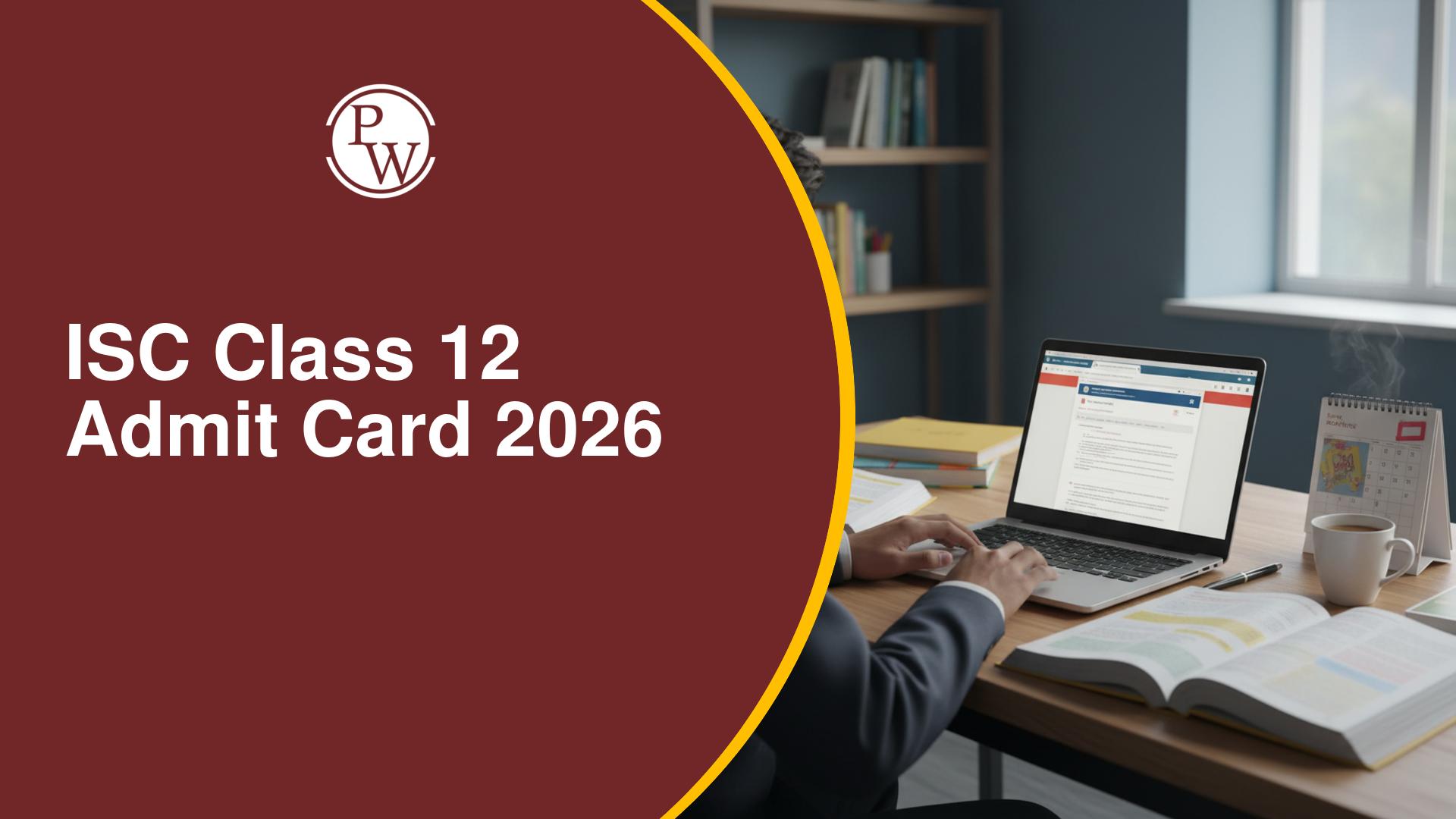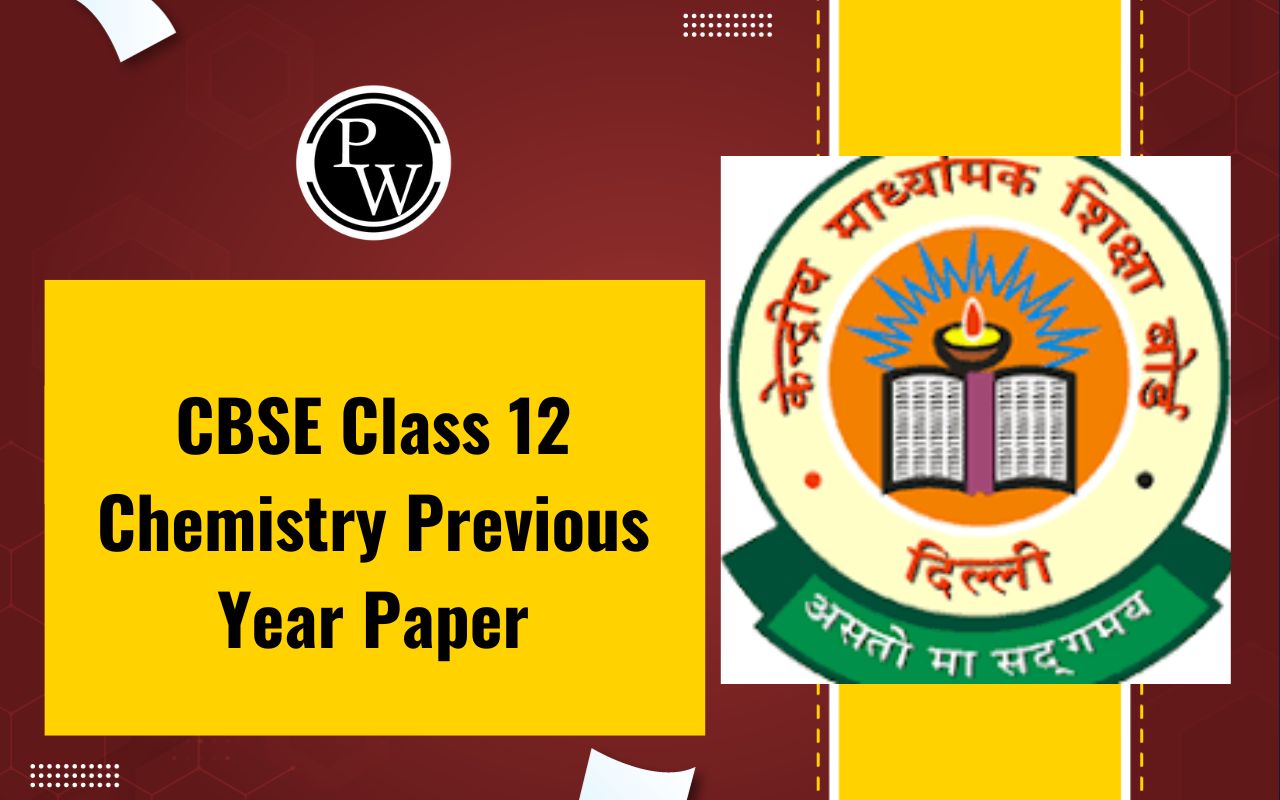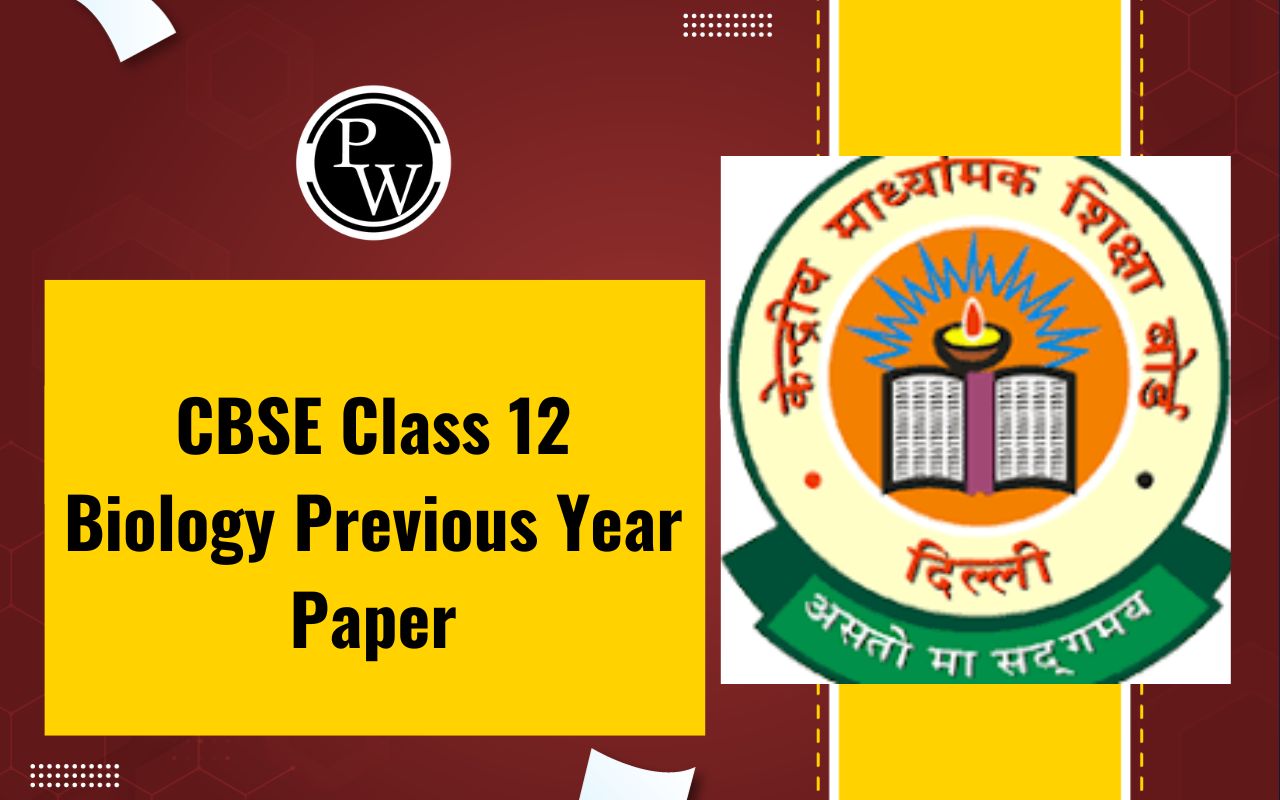
NIOS 12th Syllabus 2024: The National Institute of Open Schooling (NIOS) has released the NIOS Class 12 Syllabus on their official website, nios.ac.in. This syllabus is divided into Marked Assignments (TMA) and Public examination syllabus.
The NIOS 12th syllabus for 2024 gives students a comprehensive overview of important topics for both TMA and the public examination, helping them prepare for the NIOS 12th exam. By checking the subject-wise NIOS Class 12 Syllabus 2024, students can plan their studies effectively and ensure a thorough understanding of all subjects. NIOS 12th class syllabus 2024 is available in Hindi and English. It's advisable for students to complete the entire NIOS syllabus at least two months before the examination. For more details, read the complete article on the NIOS Class 12 syllabus 2024.NIOS Class 12th Syllabus 2024
The NIOS Class 12 subjects are divided into six groups: Groups A, B, C, D, E, and F. Group A includes language subjects, while the other groups encompass subjects from Science, Commerce, Humanities, and various disciplines. For NIOS admission in 2024, each student is required to select a minimum of five subjects. One language subject from Group A is mandatory, and the remaining subjects can be chosen from any of the groups.Subjects of NIOS 12th Class Syllabus 2024
The NIOS 12th Class Syllabus for 2024 covers a range of subjects across different groups. Here are the subjects categorized by groups:| Groups | Subjects |
|---|---|
| Group A | Hindi, English, Gujarati, Bengali, Urdu, Sanskrit, Tamil, Punjabi, Persian, Arabic |
| Group B | Mathematics, Geography, Economics, Home Science, Psychology, Business Studies, Painting, Ved Adhyayan, Sanskrit Vyakaran, Data Entry Operations, Tourism, Sanskrit Sahitya, Bhartiya Darshan |
| Group C | Physics, Library, History and Information Science |
| Group D | Chemistry, Mass Communication, Political Science |
| Group E | Biology, Introduction to Law, Accountancy |
| Group F | Computer Science, Environmental Science, Sociology |
NIOS Class 12th Syllabus 2024- Subject-wise Topics
| Subject | Download |
|---|---|
| NIOS Class 12 Geography | Download |
| NIOS Class 12 History | Download |
| NIOS Class 12 Commerce | Download |
| NIOS Class 12 Political Science | Download |
| NIOS Class 12 Home Science | Download |
| NIOS Class 12 Business Studies | Download |
| NIOS Class 12 Accountancy | Download |
| NIOS Class 12 Home Science | Download |
| NIOS Class 12 Psychology | Download |
| NIOS Class 12 Computer Science | Download |
| NIOS Class 12 Sociology | Download |
| NIOS Class 12 English | Download |
| NIOS Class 12 Maths | Download |
| NIOS Class 12 Painting | Download |
| NIOS Class 12 Physics | Download |
| NIOS Class 12 Biology | Download |
| NIOS Class 12 Chemistry | Download |
NIOS Class 12th English Syllabus
This table provides an overview of the chapters and their respective marks in the English syllabus for the NIOS board exams in 2024. It can serve as a valuable resource for students to organize their preparation for the upcoming exams.| Chapters | Public Examination Topics | Prescribed Texts (Prose + Poetry) |
|---|---|---|
| Chapter 6: My Grandmother’s House | Various topics covered in Chapter 6 | Specific prose and poetry texts associated with Chapter 6 |
| Chapter 7: Reading with Understanding | Various topics covered in Chapter 7 | Specific prose and poetry texts associated with Chapter 7 |
| Chapter 8: A Case of Suspicion | Various topics covered in Chapter 8 | Specific prose and poetry texts associated with Chapter 8 |
| Chapter 9: My Son will not be a Beggar | Various topics covered in Chapter 9 | Specific prose and poetry texts associated with Chapter 9 |
| Chapter 10: Where the Mind is Without Fear | Various topics covered in Chapter 10 | Specific prose and poetry texts associated with Chapter 10 |
| Chapter 12: If I Were You | Various topics covered in Chapter 12 | Specific prose and poetry texts associated with Chapter 12 |
| Chapter 13: The Tiger in the Tunnel | Various topics covered in Chapter 13 | Specific prose and poetry texts associated with Chapter 13 |
| Chapter 14: The Road Not Taken | Various topics covered in Chapter 14 | Specific prose and poetry texts associated with Chapter 14 |
| Chapter 16: I Must Know the Truth | Various topics covered in Chapter 16 | Specific prose and poetry texts associated with Chapter 16 |
| Chapter 17: India - Her Past and Future | Various topics covered in Chapter 17 | Specific prose and poetry texts associated with Chapter 17 |
| Chapter 18: Night of the Scorpion | Various topics covered in Chapter 18 | Specific prose and poetry texts associated with Chapter 18 |
| Chapter 21: Reading with Understanding | Various topics covered in Chapter 21 | Specific prose and poetry texts associated with Chapter 21 |
| Chapter 23: Reading with Understanding | Various topics covered in Chapter 23 | Specific prose and poetry texts associated with Chapter 23 |
| Chapter 24: Reading with Understanding | Various topics covered in Chapter 24 | Specific prose and poetry texts associated with Chapter 24 |
| BOOK 2: OPTIONAL MODULES (ESP - Receptionist) | ||
| Chapter 26A: The Reception Desk and You | Topics covered in Chapter 26A | Materials associated with Chapter 26A |
| Chapter 26B: Face to Face Communication in Business | Topics covered in Chapter 26B | Materials associated with Chapter 26B |
| Chapter 27A: Managing the Telephone | Topics covered in Chapter 27A | Materials associated with Chapter 27A |
| Chapter 28A: Analyzing Turns in Telephone | Topics covered in Chapter 28A | Materials associated with Chapter 28A |
| Chapter 28B: Writing Emails | Topics covered in Chapter 28B | Materials associated with Chapter 28B |
| Chapter 29A: Controlling Strategies and Outgoing Calls | Topics covered in Chapter 29A | Materials associated with Chapter 29A |
| Chapter 29B: Writing Reports | Topics covered in Chapter 29B | Materials associated with Chapter 29B |
| Chapter 31B: Appearing for an Interview | Topics covered in Chapter 31B | Materials associated with Chapter 31B |
NIOS Class 12th Mathematics Syllabus
This table provides an overview of the various units and their respective marks in the Mathematics syllabus for the NOIS Class 12 board exams in 2023-24. It can be a useful guide for students to structure their preparation for the exams.| Chapters | Public Examination Topics |
|---|---|
| Module-IV: Co-ordinate Geometry | - 13. Cartesian System of Rectangular Coordinates - 14. Straight Lines - 15. Circles - 16. Conic Sections |
| Module-VI: Algebra-II | - 20. Matrices - 21. Determinants - 22. Inverse of a Matrix and its Applications |
| Module-VIII: Calculus | - 25. Limits and Continuity - 26. Differentiation - 27. Differentiation of Trigonometric functions - 28. Differentiation of Exponential and Logarithmic functions - 29. Application of Derivatives - 30. Integration - 31. Definite Integrals - 32. Differential Equations |
| Module-IX: Vectors and Three-Dimensional Geometry | - 33. Introduction to Three-Dimensional Geometry - 34. Vectors - 35. Plane - 36. Straight Line |
| Module-X: Linear Programming and Mathematical Reasoning | - 37. Linear Programming - 38. Mathematical Reasoning |
NIOS Class 12th Hindi Syllabus 2024
This table format provides a clear overview of the key details regarding the NOIS Class 12th Exam Syllabus for the academic year 2024.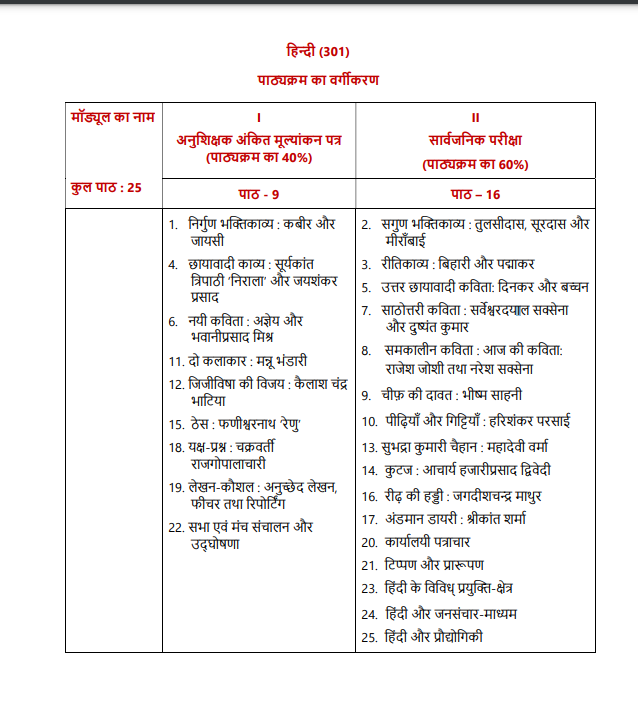
NIOS Class 12th Chemistry Syllabus Chapters
This table provides an overview of the chapters and their respective marks in the Chemistry syllabus for the NOIS Class 12th board exams in 2024. It can serve as a valuable resource for students to organize their preparation for the upcoming exams.| Public Examination | Module | Lesson |
|---|---|---|
| Some Basic Concepts of Chemistry | Module I | Lesson-1 (Atoms, Molecules, and Chemical Arithmetic) |
| Atomic Structure and Chemical Bonding | Module II | Lesson-2 (Atomic Structure) Lesson-4 (Chemical Bonding) |
| States of Matter | Module III | Lesson-7 (Solutions) |
| Chemical Energetics | Module VI | Lesson-9 (Chemical Thermodynamics) |
| Chemical Dynamics | Module V | Lesson-12 (Ionic Equilibrium) Lesson-13 (Electrochemistry) |
| Chemistry of Elements | Module VI | Lesson-18 (General Characteristics of p-Block Elements) |
| Chemistry of Elements | Module VI | Lesson-17 (Hydrogen and s-Block Elements) Lesson-20 (p-Block Elements and their Compounds-II) Lesson-21 d-Block and f-Block Elements Lesson-22 (Coordination Compounds) |
| Chemistry of Organic Compounds | Module VII | Lesson-23 (Nomenclature and General Principles) Lesson-24 (Hydrocarbons) Lesson-25 (Compounds of Carbon Containing Halogens) Lesson-26 (Alcohols, Phenols and Ethers) Lesson-27 (Aldehydes, Ketones and Carboxylic Acids) Lesson-28 (Compounds of Carbon Containing Nitrogen) Lesson-29 (Biomolecules) |
| Chemistry in Everyday Life | Module VIII | Lesson-31 (Soaps, Detergents and Polymers) |
NIOS Class 12th Physics Syllabus 2024
This table provides an overview of the various units and their respective marks in the Physics syllabus for the NOIS Class 12th board exams in 2024. It can be a useful guide for students to structure their preparation for the exams.| Chapters | Public Examination Topics |
|---|---|
| 1. Force and Energy | - L-3 (Laws of Motion) - L-6 (Work, Energy, and Power) |
| 2. Mechanics of Solids and Fluids | - L-9 (Properties of Fluids) |
| 3. Thermal Physics | - L-11 (Thermodynamics) |
| 4. Oscillations and Waves | - L-14 (Wave Phenomena) |
| 5. Electricity and Magnetism | - L-15 (Electric Charge and Electric Field) - L-16 (Electric Potential and Capacitors) - L-17 (Electric Current) - L-18 (Magnetism and Magnetic Effect of Electric Current) - L-19 (Electromagnetic Induction and Alternating Current) |
| 6. Optics and Optical Instruments | - L-21 (Dispersion and Scattering of Light) - L-22 (Wave Phenomena and Light) |
| 7. Atoms and Nuclei | - L-24 (Structure of Atoms) - L-25 (Dual Nature of Radiation and Matter) - L-26 (Nuclei and Radioactivity) - L-27 (Nuclear Fission and Fusion) |
| 8. Semiconductor Devices and Communication | - L-28 (Semiconductors and Semiconducting Devices) - L-29 (Applications of Semiconductor Devices) |
NIOS Class 12th Biology Syllabus
This table provides an overview of the various units and their respective marks in the Mathematics syllabus for the NOIS Class 12th in 2024. It can be a useful guide for students to structure their preparation for the exams.| Chapters | Public Examination |
|---|---|
| 1. Module-I: Diversity and Evolution of Life (12 Marks) | - L-2. The Kingdom Monera, Protoctista, and Fungi - L-3. Kingdom Plantae and Animalia - L-5. Tissues and Other Levels of Organization |
| 2. Module-II Forms and Functions of Plants and Animals (26 Marks) | - L-6. Root system - L-7. Shoot system - L-10. Nitrogen Metabolism - L-11. Photosynthesis - L-12. Respiration in Plants - L-15. Circulation of Body Fluids - L-17. Coordination and Control - The Nervous and Endocrine Systems |
| 3. Module-III: Reproduction and Heredity (22 Marks) | - L-19. Reproduction in Plants - L-21. Reproduction and Population Control - L-22. Principles of Genetics - L-23. Molecular Inheritance and Gene Expression |
| 4. Module- IV: Environment and Health (13 Marks) | - L-25. Principles of Ecology - L-28. Nutrition and Health |
| 5. Module- V: Emerging Areas in Biology (7 Marks) | - L-30. Immunobiology: An Introduction - L-31. Biotechnology |
NIOS Class 12th History Syllabus 2024
This table format provides a clear overview of the key details regarding the NOIS Class 12th Exam Pattern for the academic year 2024.NIOS 12th Syllabus 2024 FAQs
Where can I download the NIOS 12th Syllabus 2024?
The NIOS 12th Syllabus 2024 can be downloaded from the official website of NIOS (National Institute of Open Schooling) at nios.ac.in. Look for the 'student information section' to access the syllabus.
Is the NIOS 12th Syllabus 2024 available in both Hindi and English medium?
Yes, students can download the NIOS 12th Syllabus 2024 in both Hindi and English medium. The syllabus is designed to cater to students pursuing their studies in either language.
How can I access the NIOS senior secondary syllabus 2024 on the official website?
Visit the official NIOS website, navigate to the 'student information section,' and select the option for 'NIOS senior secondary syllabus 2024.' The syllabus list will be available for download.
Can I use the NIOS 12th Syllabus 2024 for both practical and theory exams?
Yes, the NIOS 12th Syllabus 2024 is designed to cover both practical and theory aspects of the exams. It provides a comprehensive guide for students preparing for their NIOS Class 12 examinations.
Are there any changes in the exam pattern mentioned in the NIOS 12th Syllabus 2024?
It's advisable to thoroughly review the NIOS 12th Syllabus 2024 to understand any changes in the exam pattern, marking scheme, or other relevant details. The syllabus usually includes information about the exam structure.
🔥 Trending Blogs
Talk to a counsellorHave doubts? Our support team will be happy to assist you!

Check out these Related Articles
Free Learning Resources
PW Books
Notes (Class 10-12)
PW Study Materials
Notes (Class 6-9)
Ncert Solutions
Govt Exams
Class 6th to 12th Online Courses
Govt Job Exams Courses
UPSC Coaching
Defence Exam Coaching
Gate Exam Coaching
Other Exams
Know about Physics Wallah
Physics Wallah is an Indian edtech platform that provides accessible & comprehensive learning experiences to students from Class 6th to postgraduate level. We also provide extensive NCERT solutions, sample paper, NEET, JEE Mains, BITSAT previous year papers & more such resources to students. Physics Wallah also caters to over 3.5 million registered students and over 78 lakh+ Youtube subscribers with 4.8 rating on its app.
We Stand Out because
We provide students with intensive courses with India’s qualified & experienced faculties & mentors. PW strives to make the learning experience comprehensive and accessible for students of all sections of society. We believe in empowering every single student who couldn't dream of a good career in engineering and medical field earlier.
Our Key Focus Areas
Physics Wallah's main focus is to make the learning experience as economical as possible for all students. With our affordable courses like Lakshya, Udaan and Arjuna and many others, we have been able to provide a platform for lakhs of aspirants. From providing Chemistry, Maths, Physics formula to giving e-books of eminent authors like RD Sharma, RS Aggarwal and Lakhmir Singh, PW focuses on every single student's need for preparation.
What Makes Us Different
Physics Wallah strives to develop a comprehensive pedagogical structure for students, where they get a state-of-the-art learning experience with study material and resources. Apart from catering students preparing for JEE Mains and NEET, PW also provides study material for each state board like Uttar Pradesh, Bihar, and others
Copyright © 2025 Physicswallah Limited All rights reserved.
Get App

